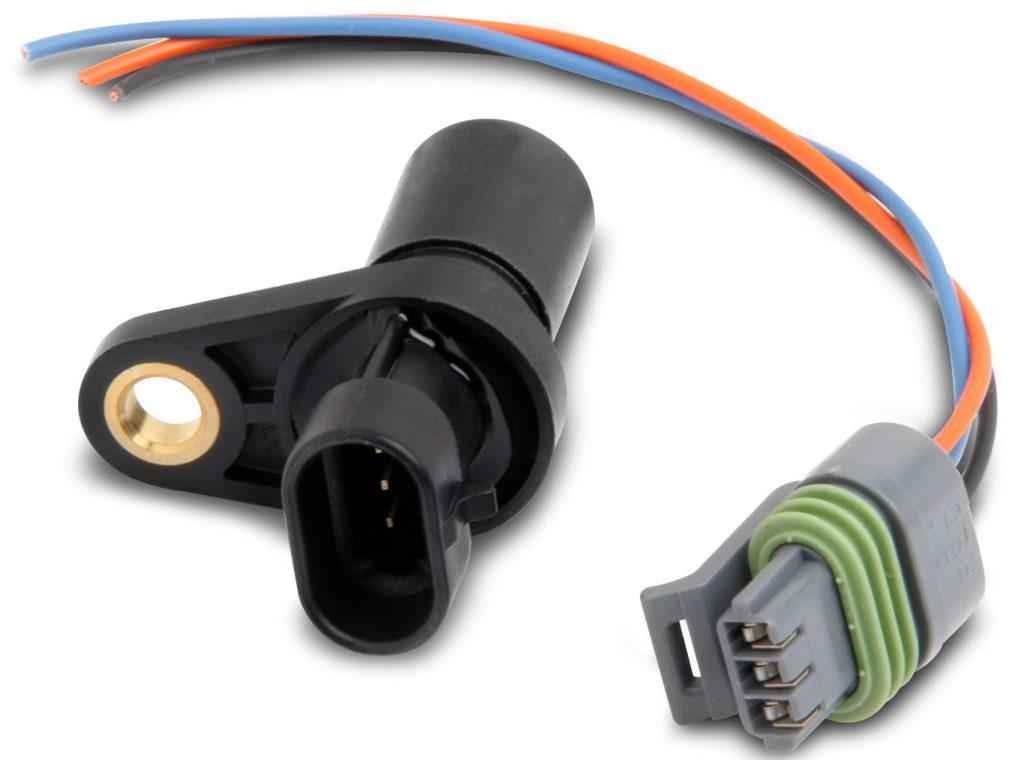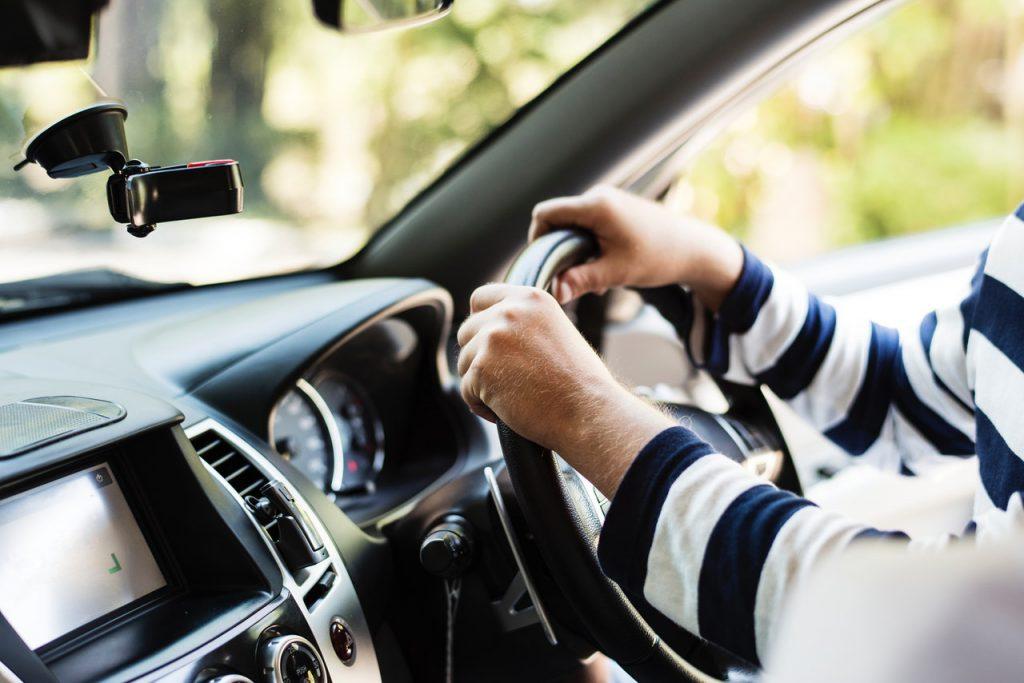How To Test Camshaft And Crankshaft Position Sensors
The Crankshaft and Camshaft position sensors are part of a vehicle’s engine and are responsible for making the rotation. A malfunctioning sensor can keep your car from making a move; it would make noise, but it won’t start. You may experience a loss of power in the engine, misfiring, and there may be no spark while starting the engine. In many cases, a car can be driven with a faulty sensor but it should not as it leads to more danger. Leaving untreated means, you would end up with expensive repairs, and the engine can get permanent damage as well. Let’s move further on ‘test camshaft and crankshaft position sensors.’
Camshaft Position Sensors
The camshaft sensor is an important part of the car engine, playing a role in controlling the ignition timing and fuel injection into the combustion chamber, ensuring the engine operates correctly… Therefore, when the camshaft sensor is going bad, it will significantly affect the vehicle’s performance.
This sensor is responsible for determining the position of the camshaft or valve and sending information to the ECU in the form of G signal pulses. Then, the ECU will analyze these signals to decide the dead center of the cylinder and combine them with data from the crankshaft position sensor to calculate the optimal ignition and fuel injection timing.
When the vehicle alerts a camshaft sensor error, the driver needs to check the camshaft sensor to know the reasons and handle it so as not to affect the vehicle’s operation. There are some common symptoms of a faulty camshaft position sensor:
- Check the engine light on
- Poor handling performance
- Consume more fuel
- Car not starting
Crankshaft Position Sensor
During the driving process, if your vehicle shows signs of difficulty starting and accelerating, vibration, or unusual fuel consumption, the driver can check the crankshaft position sensor.
The sensor is often installed near the crankshaft pulley, right above the flywheel to quickly collect signals from the crankshaft and send it to the ECU. Specifically, the crankshaft sensor measures the speed signal determines the crankshaft position, and sends it to the ECU and at that time ECU will use these data to calculate fuel injection time and ignition angle for cylinders.
Therefore, a damaged or missing crankshaft position sensor will affect the engine’s operation such as causing the engine to be unable to start, idle speed to be uneven, difficulty accelerating, consuming more fuel than usual and The engine vibrates due to the wrong ignition angle.
The cause of a faulty crankshaft sensor is usually due to a short circuit. At that time, the data sent by the sensor to the ECU will no longer be accurate, causing the ECU to miscalculate the ignition timing, causing to the car have speed problems. The consequence is that your car accelerates slowly and unevenly, creating a shaking experience when driving the car.
Signs of crankshaft sensor damage can also be seen when the vehicle does not start, the check engine light is on, or the driver notices that the vehicle is consuming unusual fuel during the driving process.
How To Test Camshaft And Crankshaft Position Sensors?

See more:
- Some Common Crankshaft Position Sensor Symptoms
- Know the Functionality of the Crankshaft Position Sensor
Well, testing the sensors is the way out once you find out the right category. By category, it means whether it is a 2-wire type or 3. You can check out by seeing the connector if it includes two or three wires. Let’s find out the testing process for both of the mechanisms.
1. Testing a two-wire sensor
-
In the two-wire system – the magnetic type, you need to do the resistance test first. Take the multimeter and set it to AC volts. Check for the connector as well and make sure no dirt or mud is in there.
-
Continuing to the crank position sensor test, ask someone to turn the ignition key on; do not start the engine.
-
Now, take the probe or the metal part and touch it to the ground whereas the other one with the sensor wires. If you see the current flowing on, it is a good sign.
-
Now start the engine again, and this time, check for the signal. Take the probes and get them to any of the sensor wires and touch the other one to the other wire. The reader will display the result, and here it needs to match with the manual specifications. If there is a signal, you are good to go; otherwise, it requires maintenance.
For more tips, explore the Maintenance Tips section.
Watch more:
2. Testing a three-wire sensor
-
Now, come to the three-wire signal crankshaft position sensor test if this is what you have. Identify three of the wires first being the power, ground, and signal wires. Use your vehicle repair manual, and you will be able to distinguish the three wires easily.
-
This time, take the multi-meter and set DC volts there. Similarly, turn the ignition key on without turning on the engine.
-
You get the black probe that you need to touch to the ground and the other one to the power wire. The reading will show up that needs to match with the specification as written in your manual.
-
Start the engine. Take the signal wire to touch with the red probe and the ground wire to the black probe. If the readings are lower than the mentioned specification, it is a bad sensor.

Conclusion
Do not drive with a malfunctioning Crankshaft and Camshaft Position Sensors. Instead, use these methods and test crankshaft and camshaft position sensors once you know the type of the sensors. If any symptoms are found, take the car to the center or call the service provider home.














